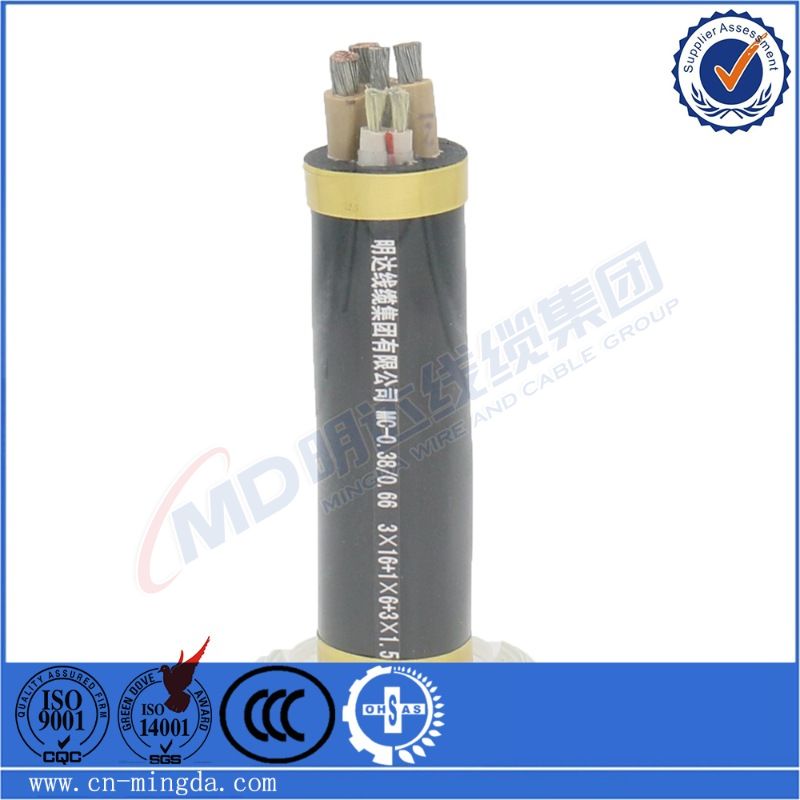10 月 . 20, 2024 02:13 Back to list
rubber joint
Understanding Rubber Joints A Comprehensive Overview
Rubber joints, often referred to as flexible joints or rubber expansion joints, are crucial components within various mechanical and piping systems. Their primary purpose is to accommodate movements within installations, which can be attributed to thermal expansion, vibrations, and misalignments in piping systems. By employing rubber as a material, these joints offer an array of benefits, making them indispensable in numerous industries, including water treatment, HVAC, and chemical processing.
Composition and Design
Rubber joints are made from elastomeric materials designed to withstand harsh conditions and provide excellent flexibility. Typically, they consist of a body made of natural or synthetic rubber and are reinforced with fabrics or metal to enhance strength and durability. The design of rubber joints can vary, but they generally come in the form of flanged, threaded, or plain ends, tailored to meet specific installation requirements.
The composition of the rubber is pivotal to the joint’s performance. Common types of rubber used include EPDM (Ethylene Propylene Diene Monomer), which is known for its resistance to heat, ozone, and aging; neoprene, which provides excellent chemical resistance; and natural rubber, favored for its elasticity and tensile strength. The choice of rubber type depends on the application and environment where the joint will be used.
Functionality and Applications
The primary functionality of rubber joints is to absorb vibrations and minimize stress on pipes and their fittings. This leads to several key advantages
1. Vibration Isolation Rubber joints effectively dampen vibrations caused by machinery or fluid movement within pipes. By doing so, they protect the integrity of piping systems and connected equipment, preventing premature wear and tear.
2. Thermal Expansion Accommodation As temperatures fluctuate, pipes expand and contract. Rubber joints allow for this movement, preventing damage due to thermal stresses that could otherwise lead to leaks or infrastructure failure.
3. Misalignment Compensation In many installations, especially those involving long runs of piping or at connection points, misalignment can occur. Rubber joints can flex to compensate for slight misalignments without causing undue stress on the piping system.
rubber joint

Rubber joints find applications across various sectors. In the water treatment industry, they are often used in pump installations, helping to manage shock loads and absorb vibrations. In HVAC systems, they are utilized to connect ductwork and minimize noise while allowing for movement caused by thermal changes. Furthermore, in chemical processing, rubber joints are chosen for their chemical resistance, ensuring long-lasting performance in challenging environments.
Advantages
The use of rubber joints offers numerous advantages
- Cost-Effective Compared to metal joints, rubber joints are often more affordable and easier to install, which can lead to reduced labor costs and shorter installation times.
- Maintenance-Free Generally, rubber joints require little to no maintenance, provided they are correctly installed and not subjected to extreme conditions outside their specifications.
- Improved System Longevity By alleviating stress on piping systems, rubber joints contribute to the overall longevity of the infrastructure, leading to reduced downtime and lower replacement costs.
Considerations
While rubber joints are highly beneficial, several considerations should be taken into account during selection and installation. Factors such as the operating temperature, pressure ratings, and the nature of the fluids being transported must align with the specifications of the rubber joint to ensure optimal performance.
Conclusion
In summary, rubber joints are vital components that enhance the efficiency and longevity of various mechanical and piping systems. Their flexibility, durability, and capacity to absorb vibrations and accommodate thermal expansion make them essential in numerous industrial applications. As technology advances, the design and materials used in rubber joints continue to evolve, ensuring they meet the ever-increasing demands of modern engineering challenges. Understanding their role and benefits is crucial for any engineer or technician involved in designing or maintaining complex systems.
Share
-
Understanding the Differences Between Wafer Type Butterfly Valve and Lugged Butterfly ValveNewsOct.25,2024
-
The Efficiency of Wafer Type Butterfly Valve and Lugged Butterfly ValveNewsOct.25,2024
-
The Ultimate Guide to Industrial Swing Check Valve: Performance, Installation, and MaintenanceNewsOct.25,2024
-
Superior Performance with Industrial Swing Check Valve: The Essential Valve for Any SystemNewsOct.25,2024
-
Industrial Swing Check Valve: The Ideal Solution for Flow ControlNewsOct.25,2024
-
You Need to Know About Industrial Swing Check Valve: Functionality, Scope, and PerformanceNewsOct.25,2024